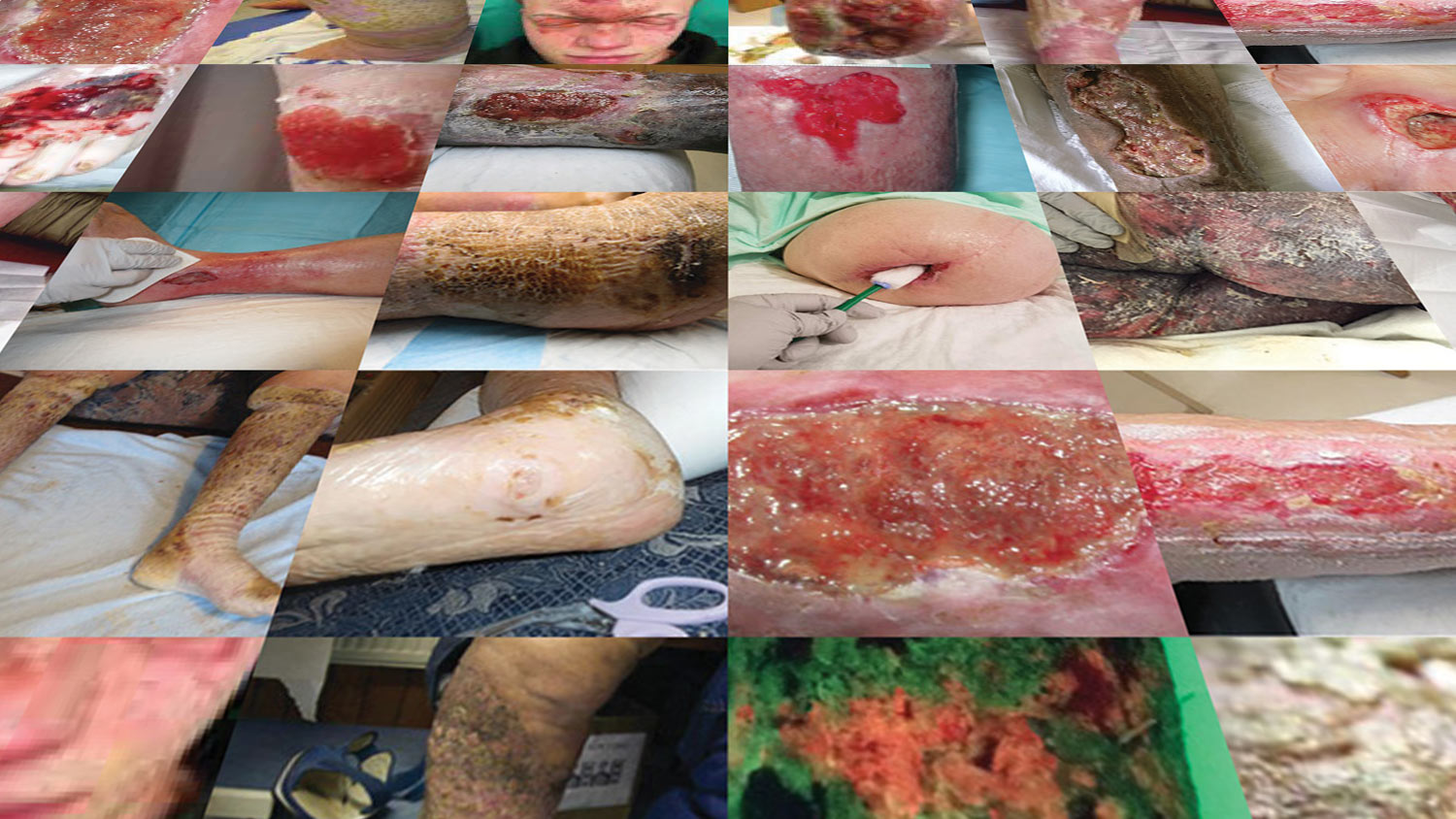
Debrisoft Every T.I.M.E.
What is T.I.M.E.?
The T.I.M.E concept for wound bed preparation, introduced in 2002, is still one of the most popular concepts guiding clinicians to identify and breakdown local barriers to wound healing.
The 4 steps of successful wound bed preparation according to T.I.M.E. are:
- Tissue Management
- Inflammation or Infection Control
- Moisture balance
- Edge epithelial advancement
These steps need to be addressed systematically so wound healing can take place.
Enabling a clean wound bed, by gently removing devitalized cell debris, reducing potentially harmful bacteria and biofilm in the wound bed and periwound skin and the time-saving cleansing of edges and periwound skin are only a couple of Debrisoft's benefits.
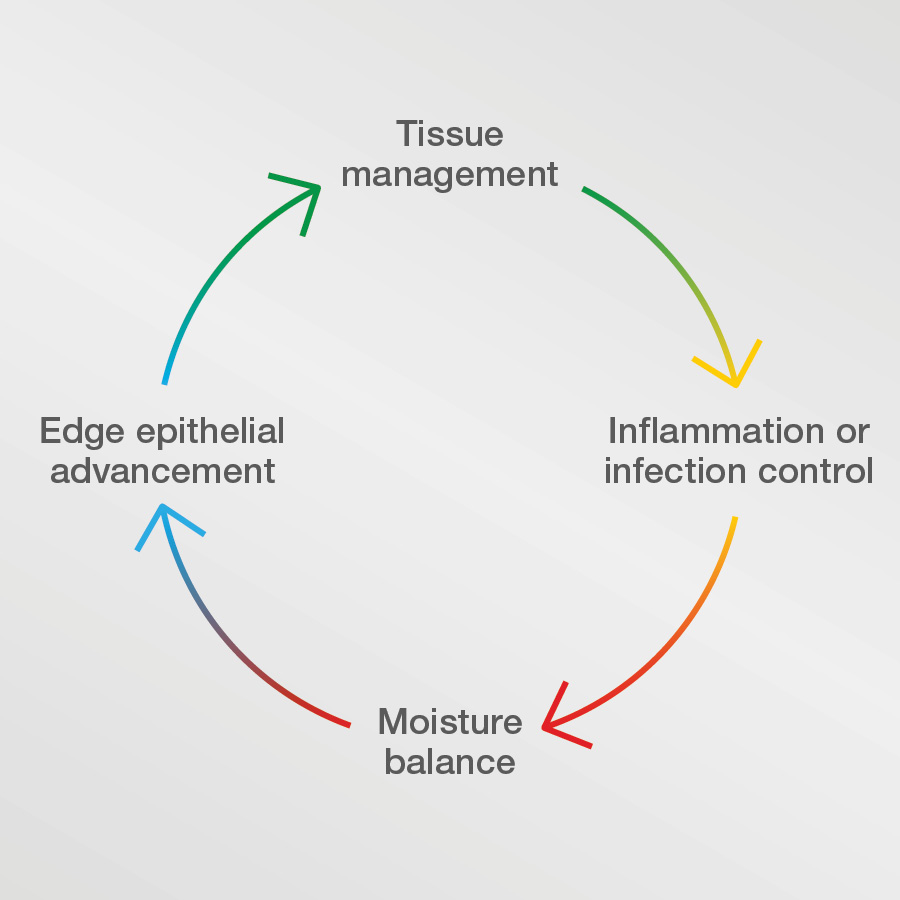
Debrisoft. Every T.I.M.E.
Explore all the ways Debrisoft supports wound healing.
What is the "T.I.M.E." concept of wound bed preparation?

Debrisoft. Every T.I.M.E.
Tissue management
Callus, foreign bodies, exudate, biofilm, debris or slough can cause wounds to stall and not progress further to the next wound healing phase. Choosing the appropriate method to remove it is the key to successful wound bed preparation.
Step 1
Wound cleansing
The purpose of wound healing is the removal of surface contaminants, bacteria and remnants of previous dressings from the wound surface and the surrounding skin using various wound cleansing solutions.
Step 2
Debridement
The goal of debridement is to decrease the bacterial load, the MMP production, stimulate the growth factors, remove senescent cells, expose receptors, prepare for placement of advanced wound care products and facilitate angiogenesis, while being as painless as possible for the patient.
Wound cleansing and debridement
Tackle two steps at once with Debrisoft
Debrisoft provides effective wound bed preparation because it combines wound cleansing and mechanical debridement in one step. Once hydrated with a wound cleansing solution, Debrisoft's award-winning technology — the monofilament fibers — go into the wound bed or periwound skin and loosens debris and non-viable tissue gently through circular motion. Due to the high density of monofilament fiber composite, debris and non-viable tissue are lifted, bound and safely removed, while providing a virtually painless experience for the patient.

Discover its unique benefits.
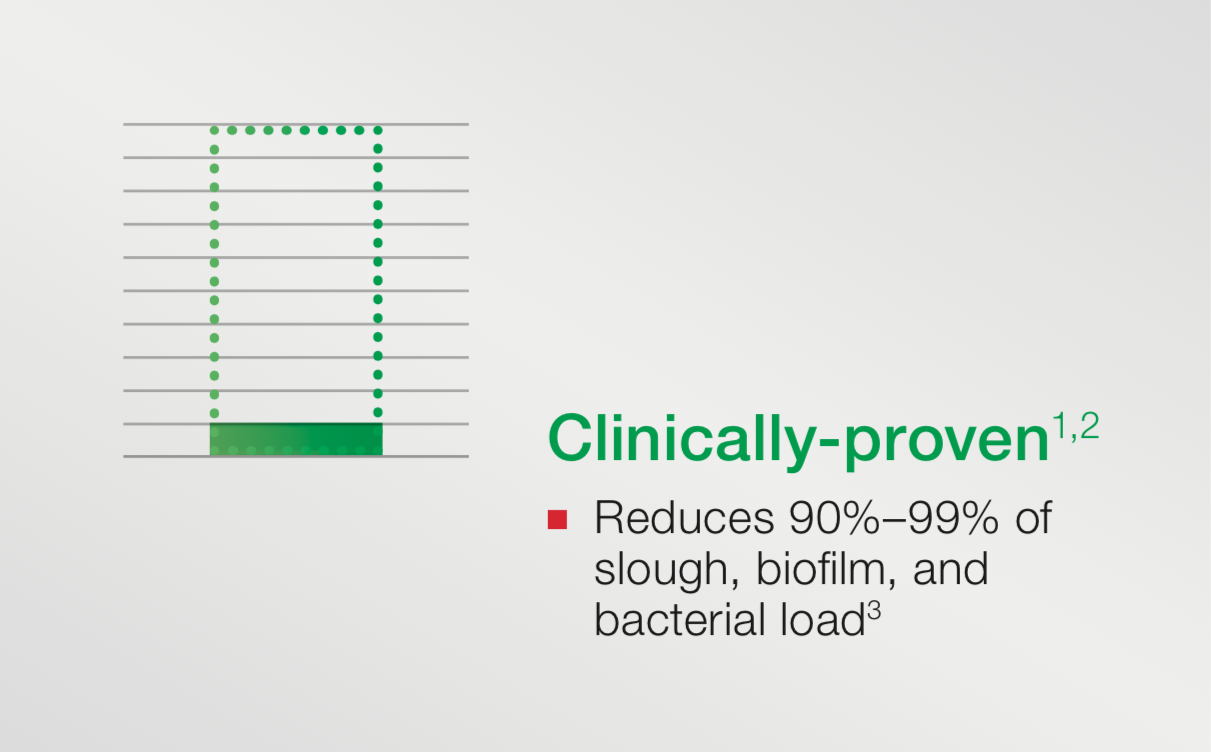

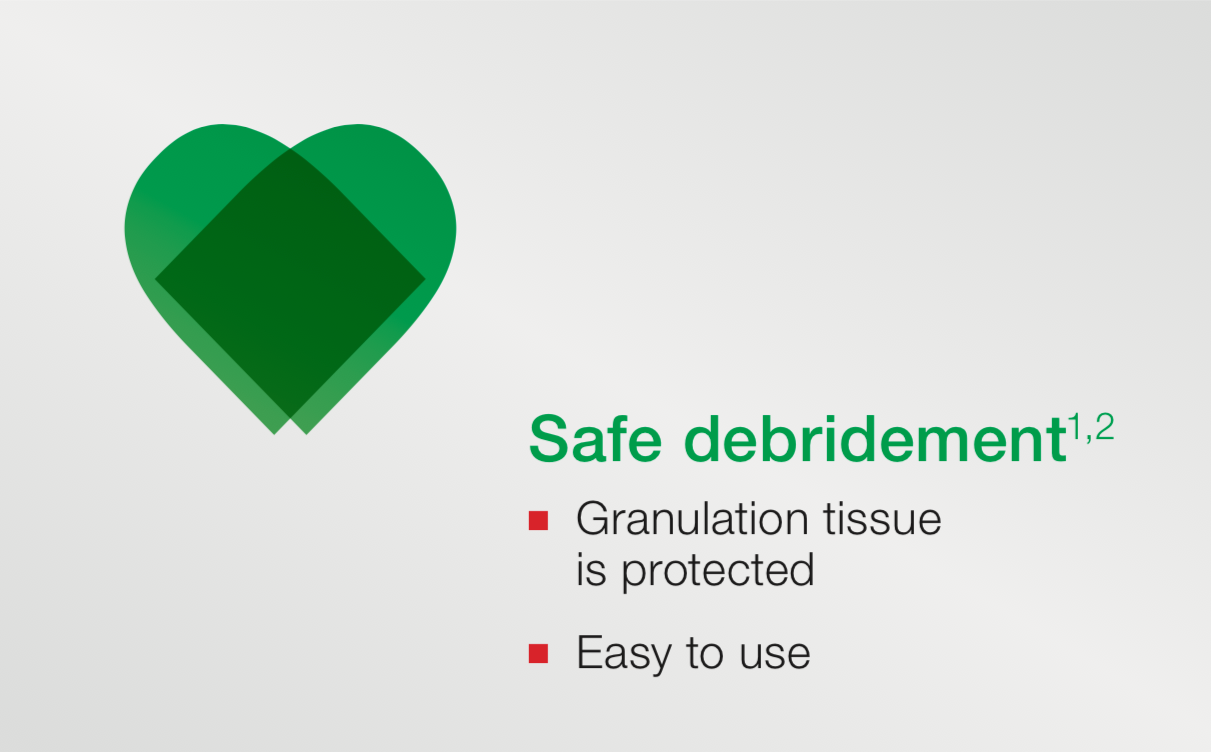

Debrisoft. Every T.I.M.E.
Inflammation or infection control
A natural part of the wound healing process that must be managed appropriately.
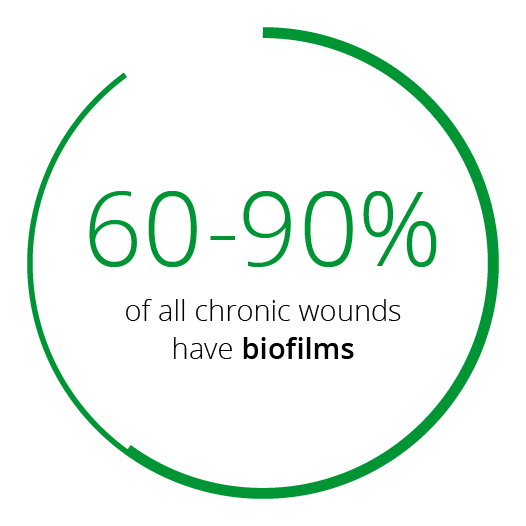
Inflammation is a natural part of the wound healing process and a physiological response to wounding which is required for wound healing to progress (Leaper et al, 2012). Chronic wounds fail to progress from the inflammation phase due to imbalance of inflammatory cells, cytokines, growth factors and/or proteases, such as matrix metalloproteinases (MMPs).
An additional challenge to wound infection is the presence of biofilm. Biofilm is a structured community of microbial cells, enclosed in a polymeric matrix, and adherent to natural or artificial surfaces or to themselves. Those communities are surrounded by their own secreted matrix of extracellular polymeric substance (EPS) that provides structural integrity and protects them from external threats. Biofilms are characterized by significant tolerance to antimicrobial agents, disinfectants, and the host’s immune defenses (Snyder et al, 2017).
Disrupt biofilm.
Disrupt biofilm before applying antimicrobial dressings to prevent regrowth.
60–90% of all chronic wounds have biofilms but it is not always detected with the naked eye. Harries, Bosanquet and Harding (2016), suggest certain clinical indicators raising suspicion to the presence of biofilm: antibiotic failure, Infection > 30 days duration, friable granulation tissue and a gelatinous material removable from wound surface that quickly rebuilds.
One fact that experts agree on is that biofilms are characterized by significant tolerance to antimicrobial agents and that debridement and disruption of biofilm is necessary as a first step before applying antimicrobials for potential suppressing of reformation.
2 pads. 15 minutes.
See Debrisoft's fast effect on disrupting and removing bacteria/biofilm.
Case Study
- Patient LC. A 26 year old male patient with a post trauma DVT.
- History of leg ulceration for the last 8 years.
- The first image was taken before the treatment with Debrisoft, one regular photo and the same leg was photographed with a wound intelligence device which leverages the principles of fluorescence to identify potentially harmful bacteria.
- Images were taken before and after the treatment with Debrisoft. The leg was photographed with a wound intelligence device leveraging the principles of fluorescence to identify potentially harmful bacteria.
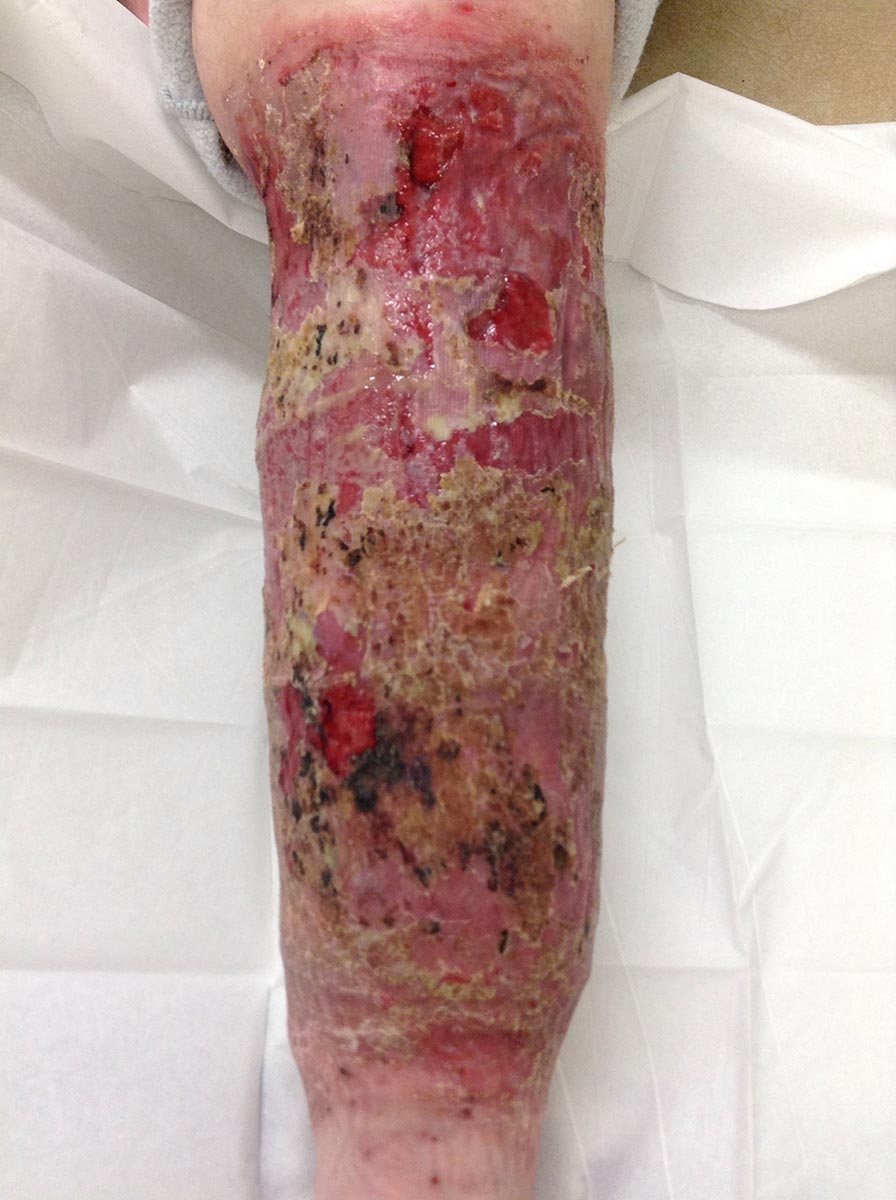
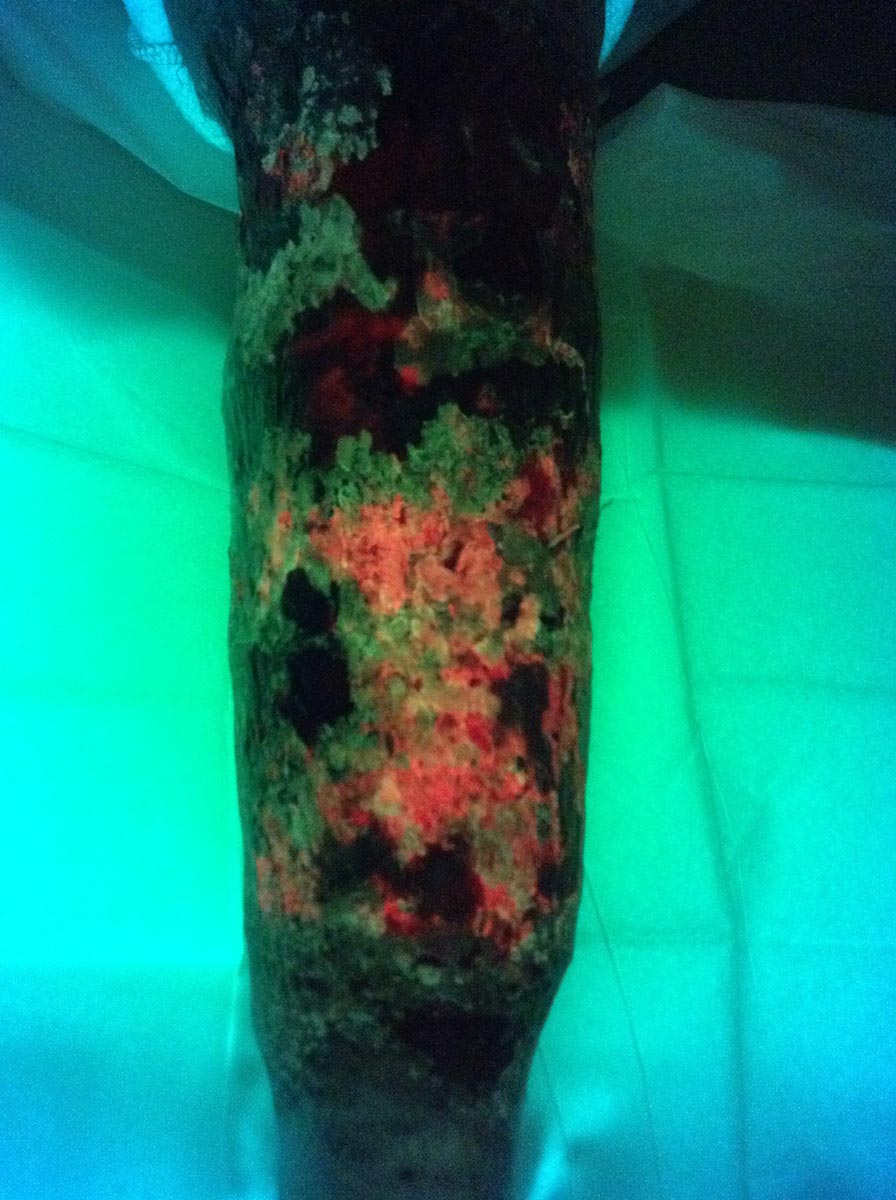
Figure 1 (4/12/2018) Before treatment with Debrisoft showing red/orange areas typically associated with the presence of potentially harmful levels of bacteria.
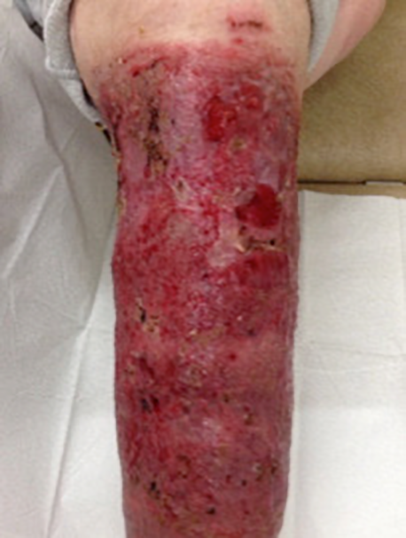
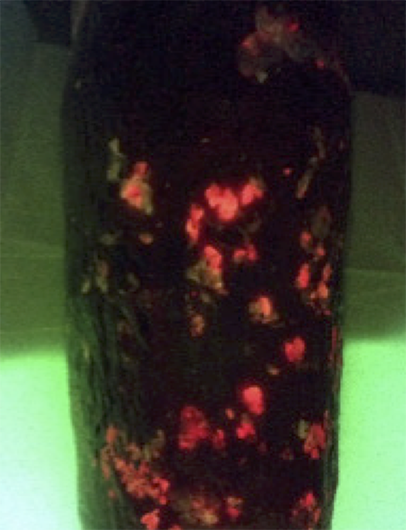
Figure 2 (4/12/2018) After first treatment with Debrisoft, uncovering deep pockets of potentially harmful levels of bacteria (red pockets).
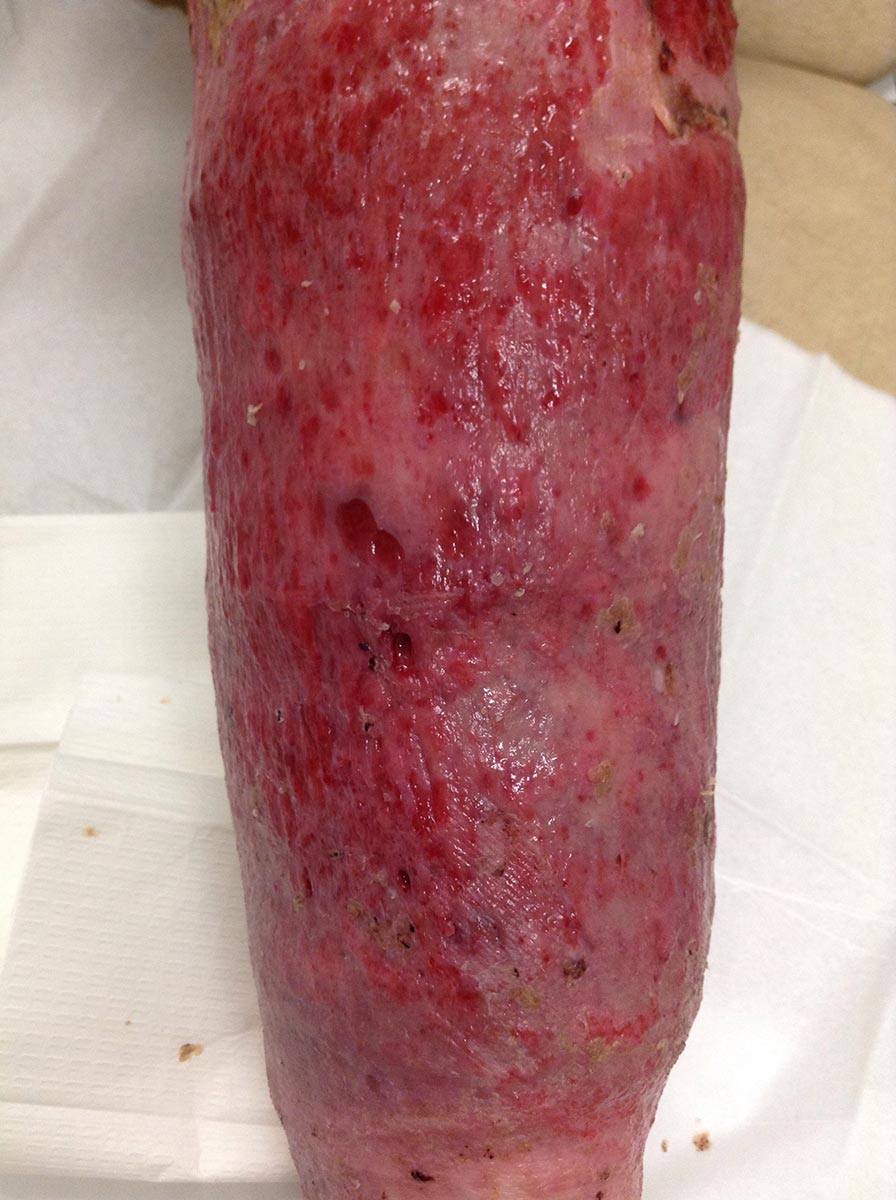

Figure 3 (4/12/2018) After second treatment with Debrisoft, showing removal of deeper pockets of bacteria.
Source: Morris, C. “Evaluating the removal of bacteria and biofilm with monofilament fibre debridement technology, compared to a cleaning product using a wound intelligence device”, EWMA 2019, Krakow, PL

Suprasorb, Flivasorb, and ReadyWrap in T.I.M.E.
Moisture balance
For a moist wound healing environment.
Moist wound healing has been a key concept in wound care since the 1960s. Insufficient moisture in exposed wound tissues causes desiccation and cell death, and prevents epithelial migration and matrix deposition. On the other hand excessive moisture due to exudate inhibits cell proliferation, breaks down matrix components and can cause damage to the surrounding skin (Moisture Associated Skin Damage, MASD) delaying wound healing. The right moisture balance in the wound bed promotes wound healing.
According to the experts Leaper et al, “the ideal dressing for patient comfort and convenience is one that is not bulky, not painful to change and reduces the number of dressing changes needed. It should also be effective therapeutically, and in terms of cost, should prevent leakage and maceration and be easy to apply and remove”. (Leaper et al 2012).
L&R offers a comprehensive product portfolio of advanced wound care dressings fulfilling those needs. Additionally L&R has a versatile compression product range providing all tools needed for acute and maintenance compression therapy.
Depending on the level of exudate, a dry wound needs to be addressed differently than a highly exuding wound.
Our recommendations to address common challenges are:
Suprasorb® G
Smart dressing with cooling pain relief built-in.
Suprasorb G addresses the challenges of a dry to moderately exuding wound. Different to other hydrogel based wound dressings, it maintains the moisture balance in the wound bed. It proved effective in a wide range of different wounds as skin tears, moderate burns including radiation therapy burns, chronic wounds, especially with venous leg ulcers under compression, malignant wounds and extravasation injuries.
Suprasorb G smart dressing shows impressive results, absorbing exudate or donating moisture where necessary, minimizing the risk of moisture associated skin damage (MASD).
Case Study
- Complicated skin tear treated with Suprasorb G before and after one week
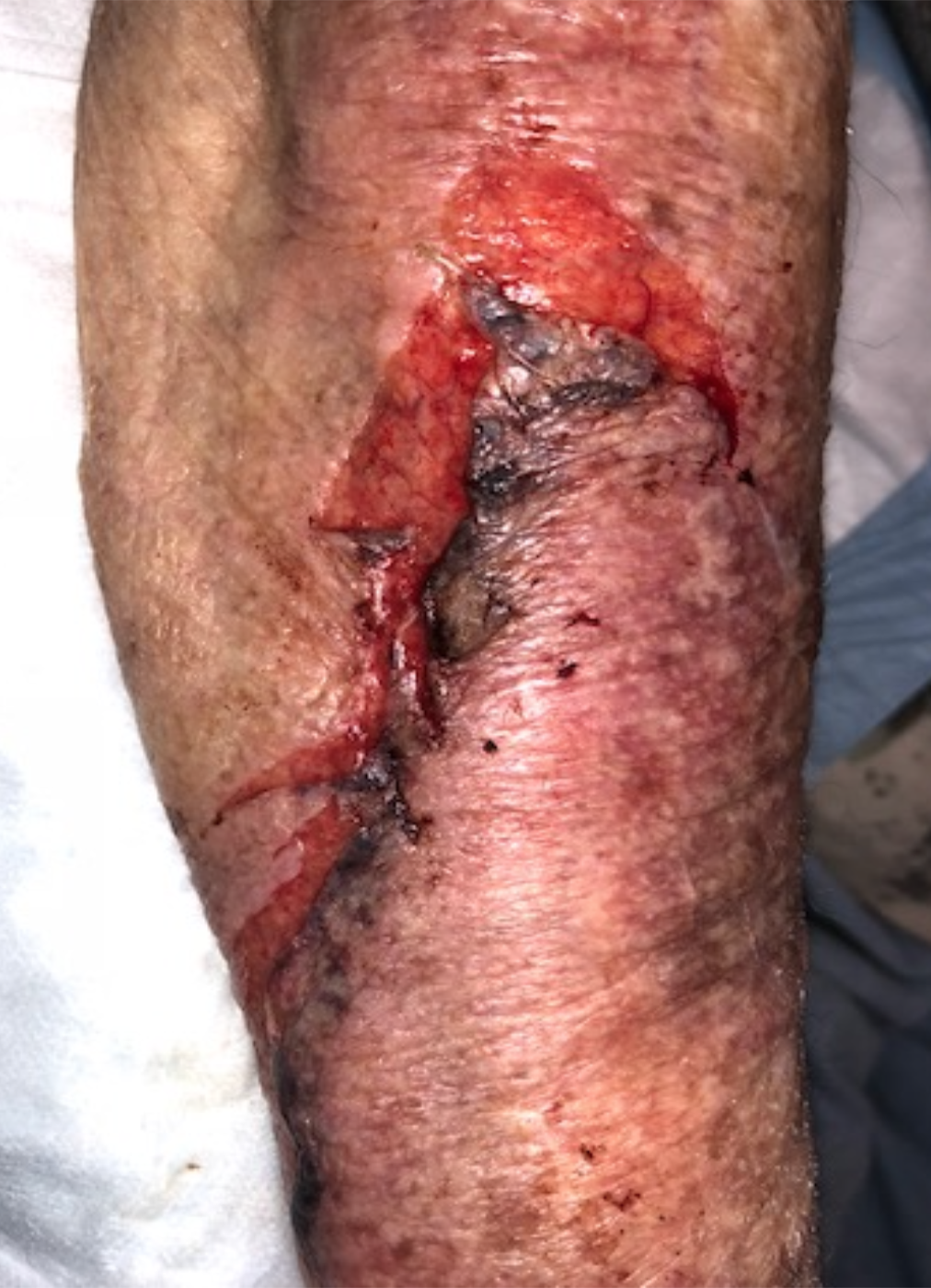
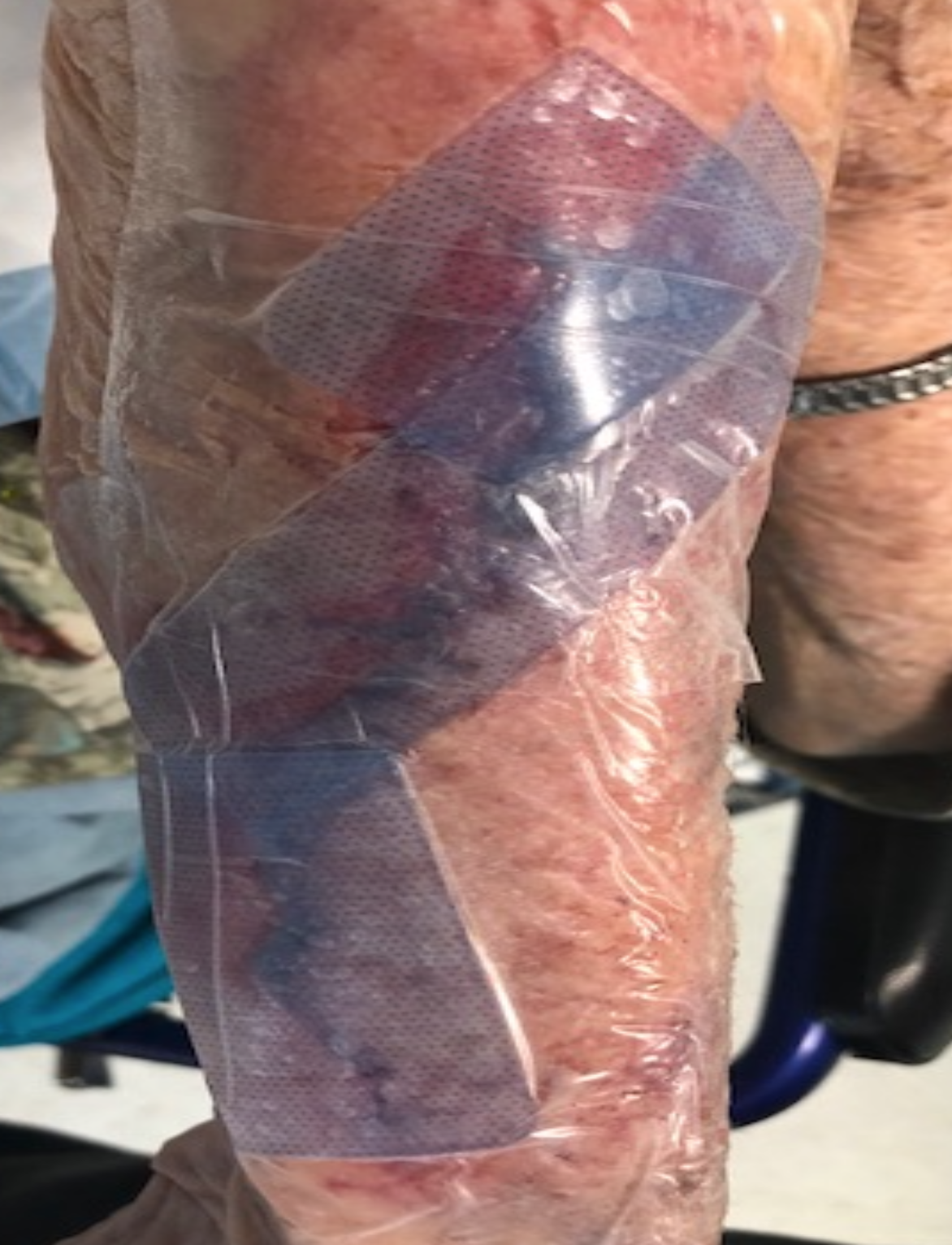
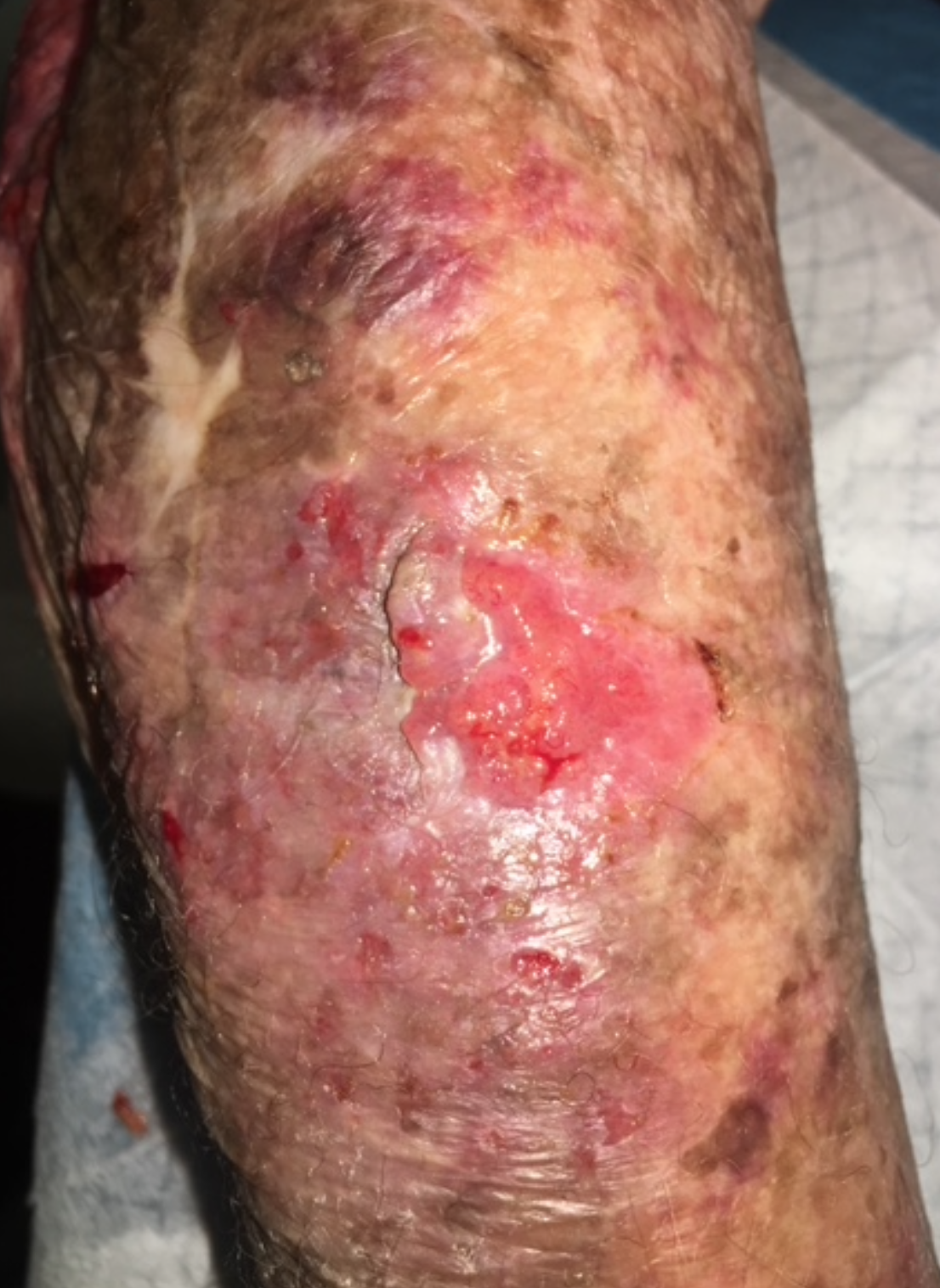
Complicated skin tear treated with Suprasorb G, before and after one week Brackin, T., (2018) “Effectiveness of Necrotic Tissue Removal with Dynamic Gel Dressing and Monofilament Debridement”, 2018 SAWC Spring, Charlotte, USA
Flivasorb®/Vliwasorb®
High performance — even under pressure.
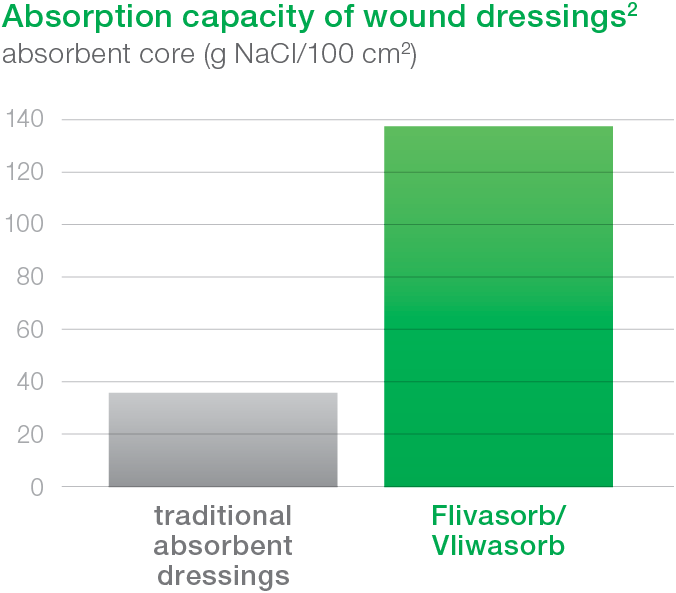
When seeing patients with higher exuding wounds, Flivasorb and Flivasorb Border are the right dressings to effectively address this situation. Its high absorption and retention capacity makes it the ideal dressing in combination with compression therapy, protecting the bandages and absorbing exudate without having to change the dressing daily. The dressing wear time is extended up to 7 days, saving costs and making it a cost effective alternative to other dressings. The flexible Flivasorb Border dressing additionally supports to easily address difficult to dress areas.
The absorption capacity of Flivasorb® is more than twice as that of traditional absorbent dressings with fiber core.
Case Study
- 75 y/o male with pressure ulcer, high exudate level
- Previous treatment: Border foam dressings, daily dressing change needed, high pain and beginning maceration
- Flivasorb Border: dressing change alternating days or every three days, primary antimicrobial wound dressing became more effective as it stayed in place, level of pain decreased, wound size reduction, beginning of wound healing
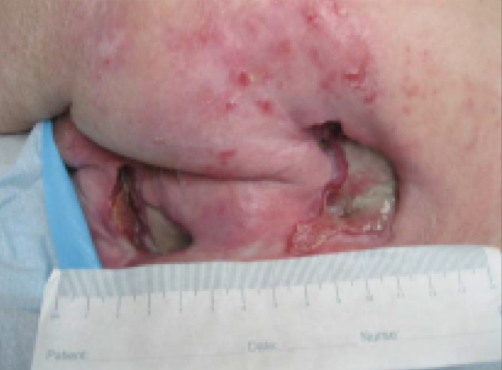
3 August
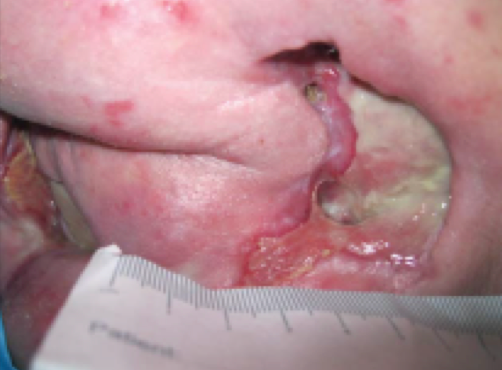
3 August
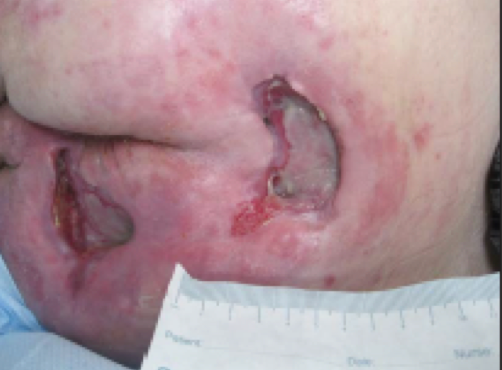
8 August
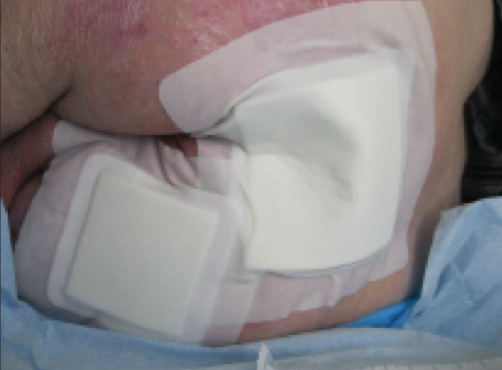
15 August
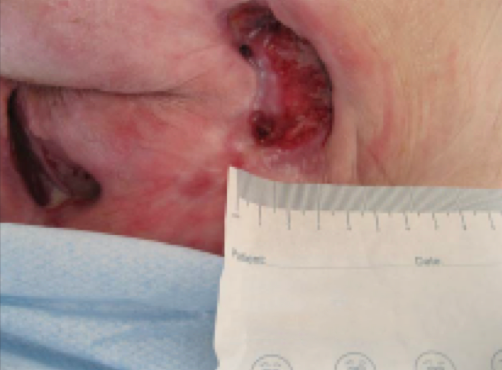
28 August
Source: Deborah Kattell and Lynne Whitmore. Tissue Viability Specialist Nurses
ReadyWrap™
ReadyWrap is an adjustable variable compression wrap that provides patients and their caregivers an easy-to-use solution to support wound healing and edema management. This wrap provides clinically-effective compression therapy while supporting patient compliance with its unique alternating strapping system.
With ReadyWrap, you can be certain your patients will have an effective and comfortable garment that easily adjusts to their limb and donning abilities.
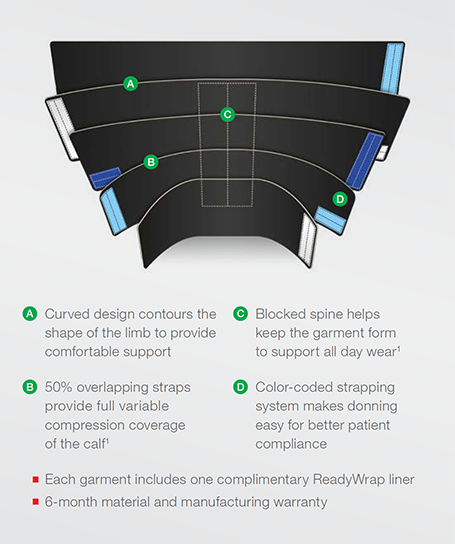
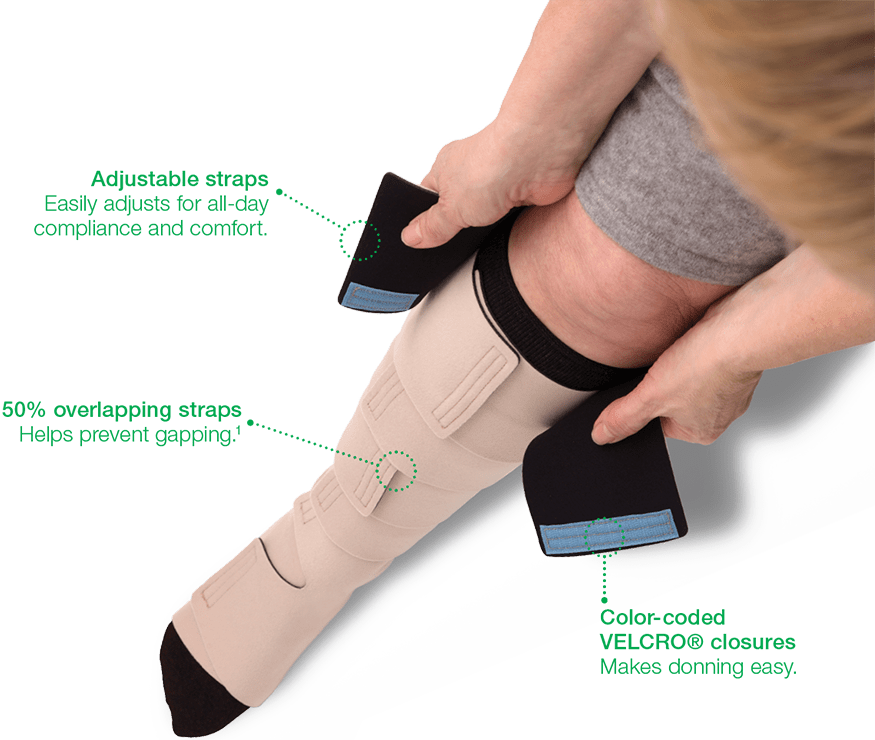

Debrisoft. Every T.I.M.E.
E
Edge epithelial advancement
In the concept of wound bed preparation it became clear that not only the wound bed but also the wound edges and the peri-wound skin are important for the successful healing of a wound. This supports a definition of debridement that does not only refer to the removal of bioburden from the wound bed, but also the liberation of wound edges as well as of peri-wound skin (Strohal, R., Apelqvist, J., Dissemond, J. et al. EWMA Document: Debridement. J Wound Care. 2013; 22 (Suppl. 1): S1–S52.).
Wound contraction, the movement of epithelial tissue toward the center of the wound can be delayed by clinical conditions as Epibole or maceration (MASD). In order to continue the healing process, the edges need to be protected from those conditions by keeping the edges clean, flat and maintain a good moisture balance.
Morris (2018) found that when looking at wounds with a wound intelligence device which leverages the principles of fluorescence, the critical bacteria/biofilm was often on the periwound skin and the edges, highlighting the importance of a good effective cleansing of the edges and the periwound skin with Debrisoft.
See Debrisoft's fast effect on disrupting and removing bacteria/biofilm.
Case Study
- Patient with history of leg ulceration and chronic renal failure before treatment with Debrisoft
- Red/orange areas typically associated with the presence of potentially harmful levels of bacteria
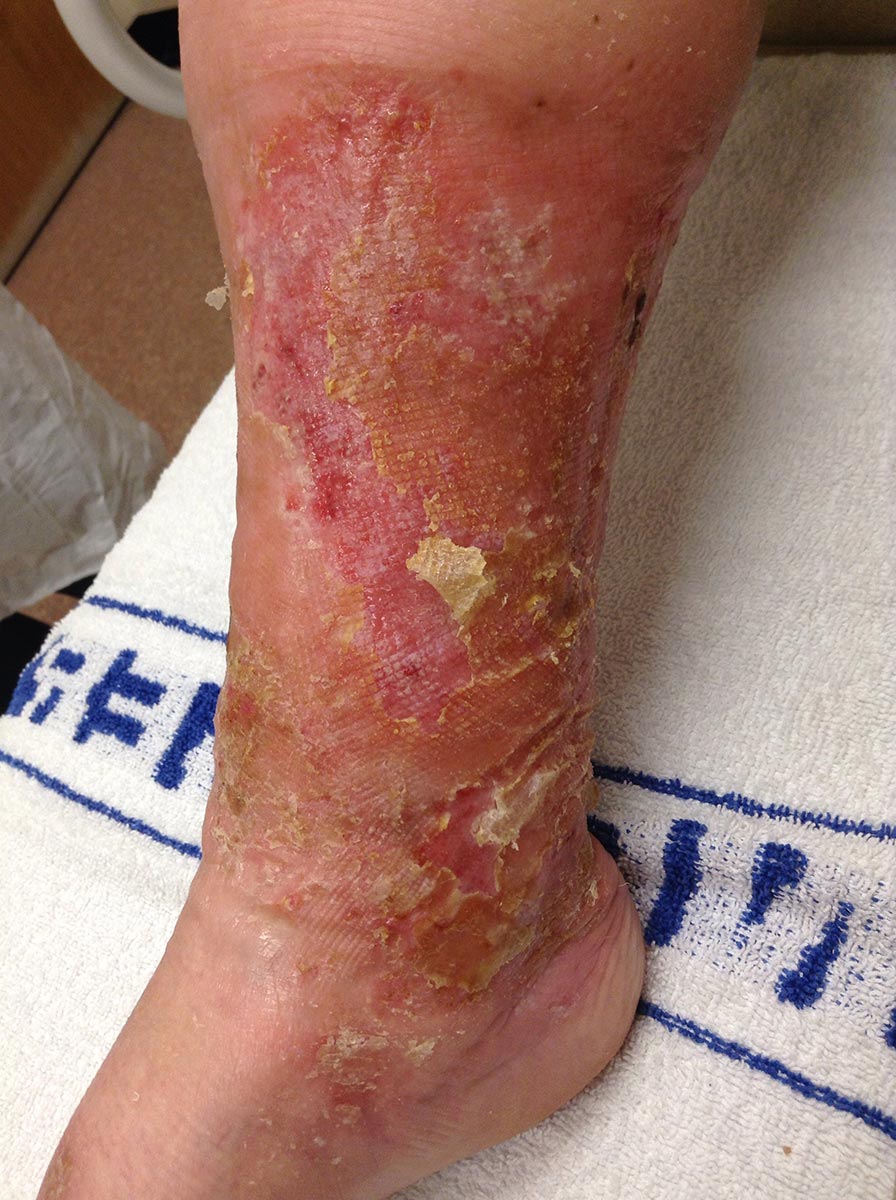
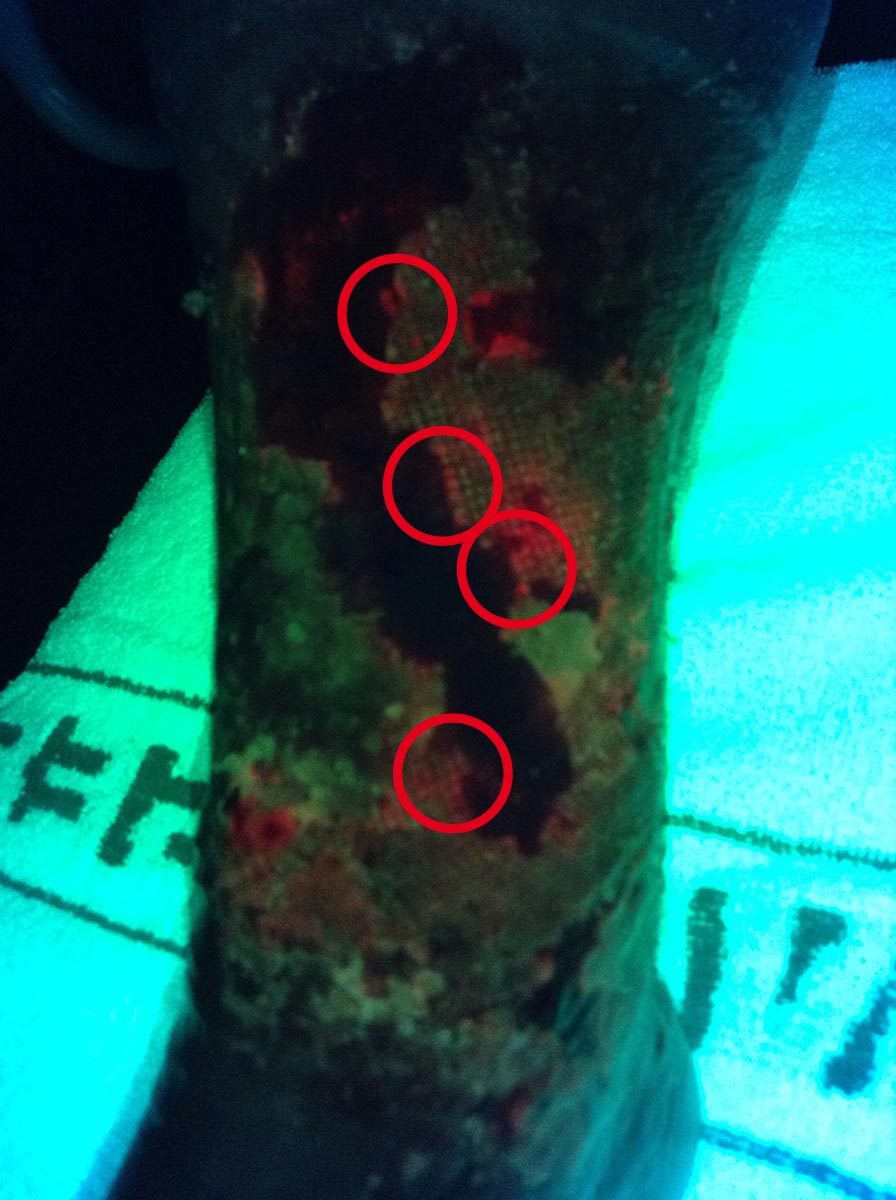
Figure 1 Before treatment with Debrisoft showing red/orange areas typically associated with the presence of potentially harmful levels of bacteria.
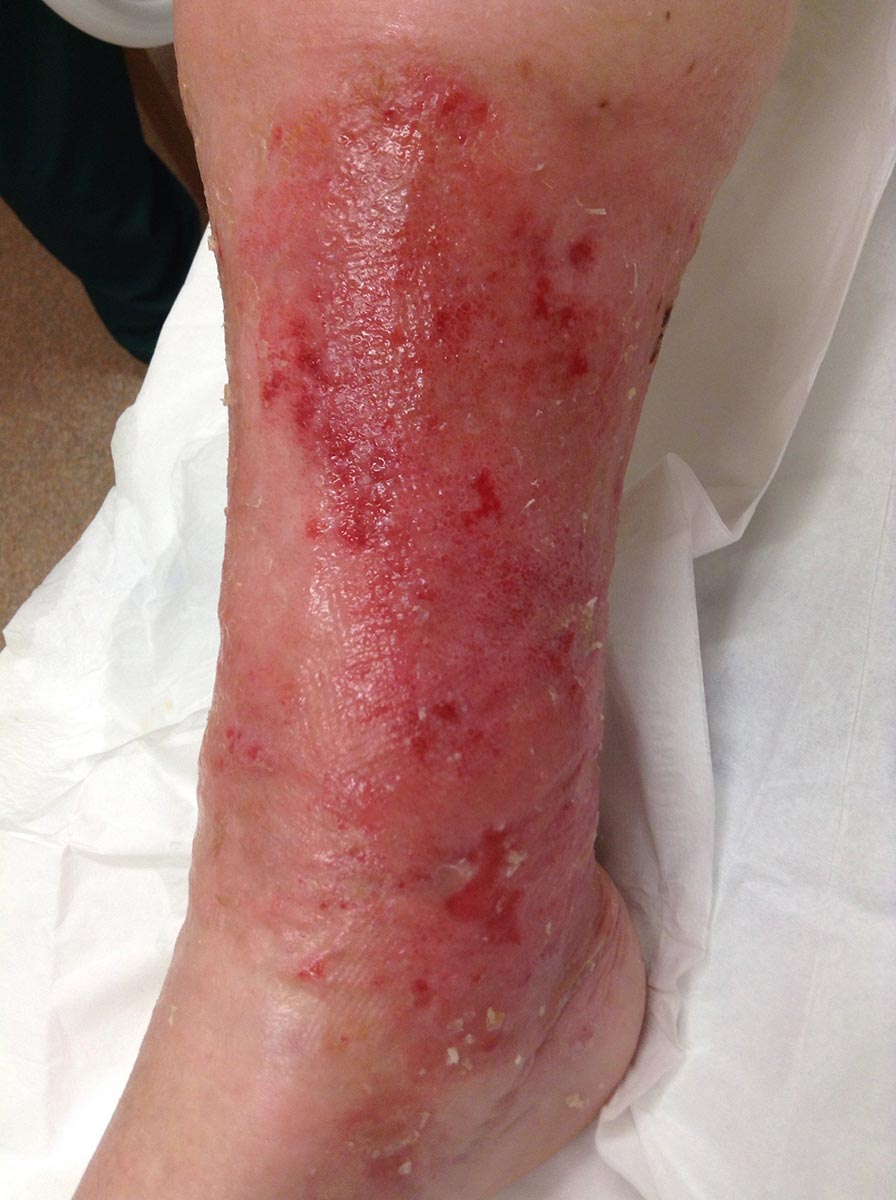
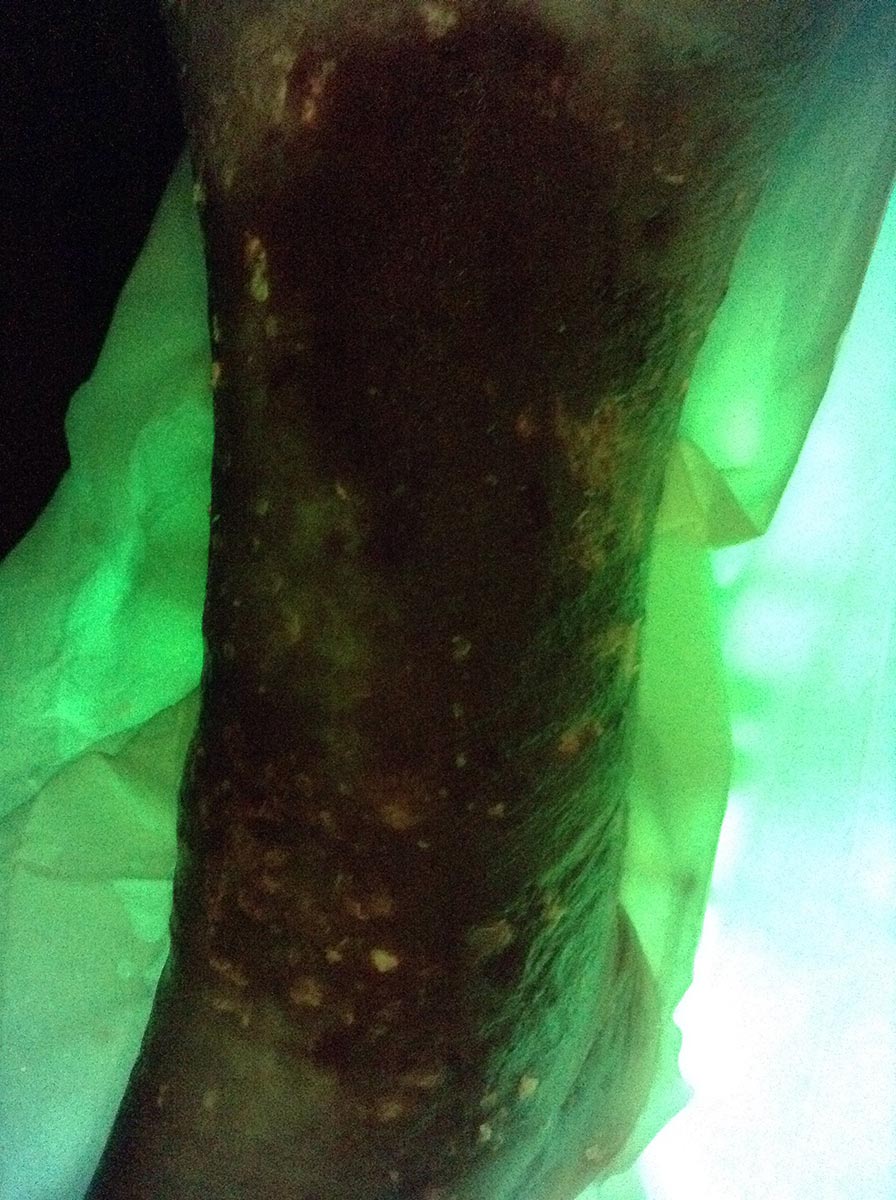
Figure 2 No sign of potentially harmful bacteria after treatment with 2 Debrisoft Pads (4x4).
Source: Morris, C. “Evaluating the removal of bacteria and biofilm with monofilament fibre debridement technology, compared to a cleaning product using a wound intelligence device”, EWMA 2019, Krakow, PL
